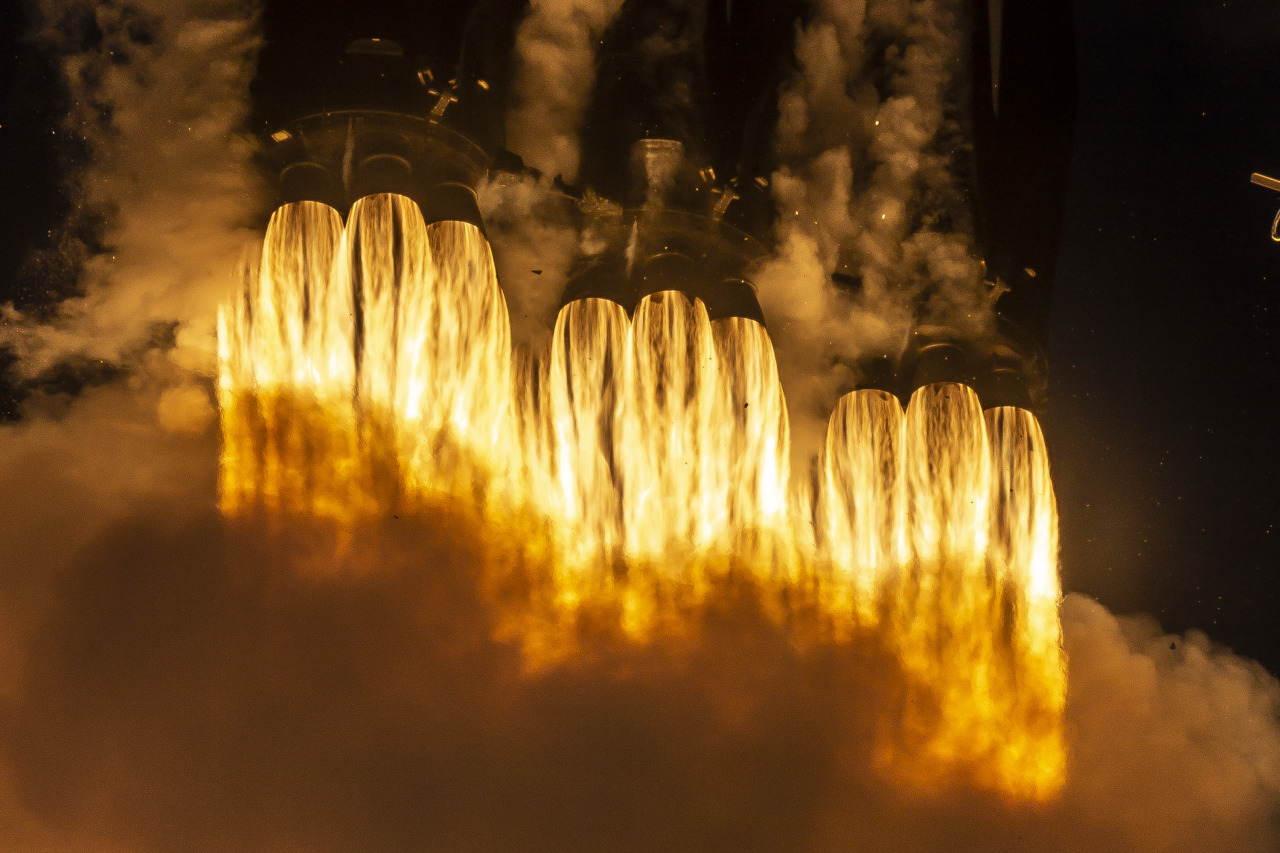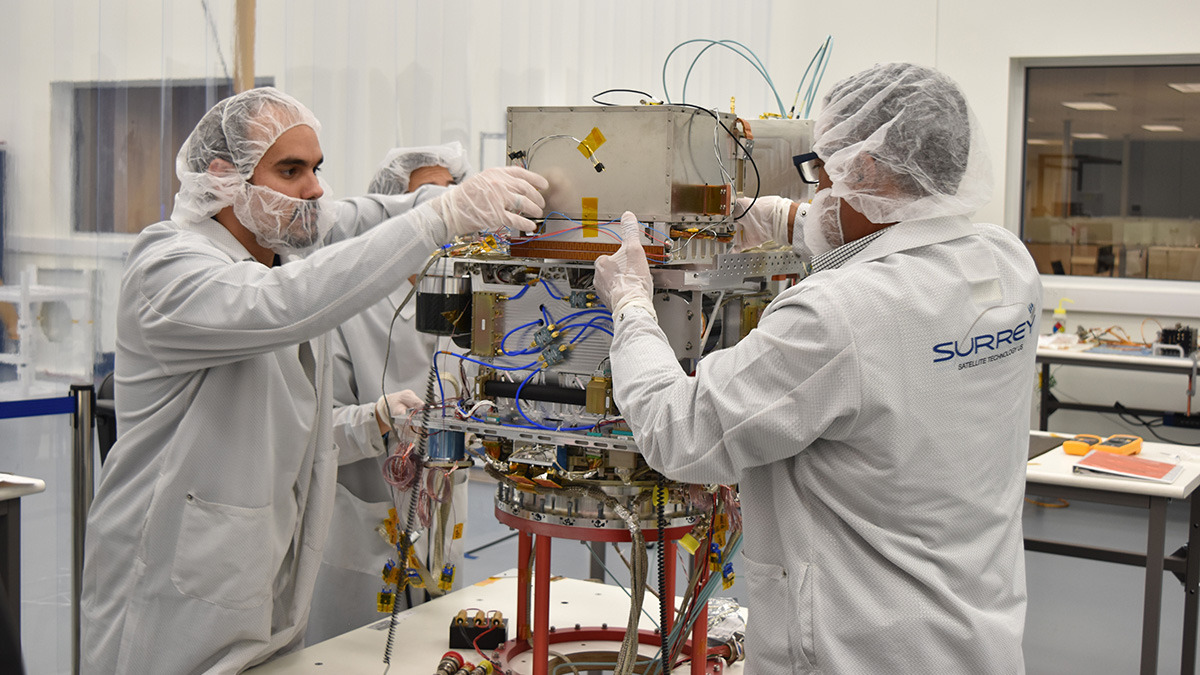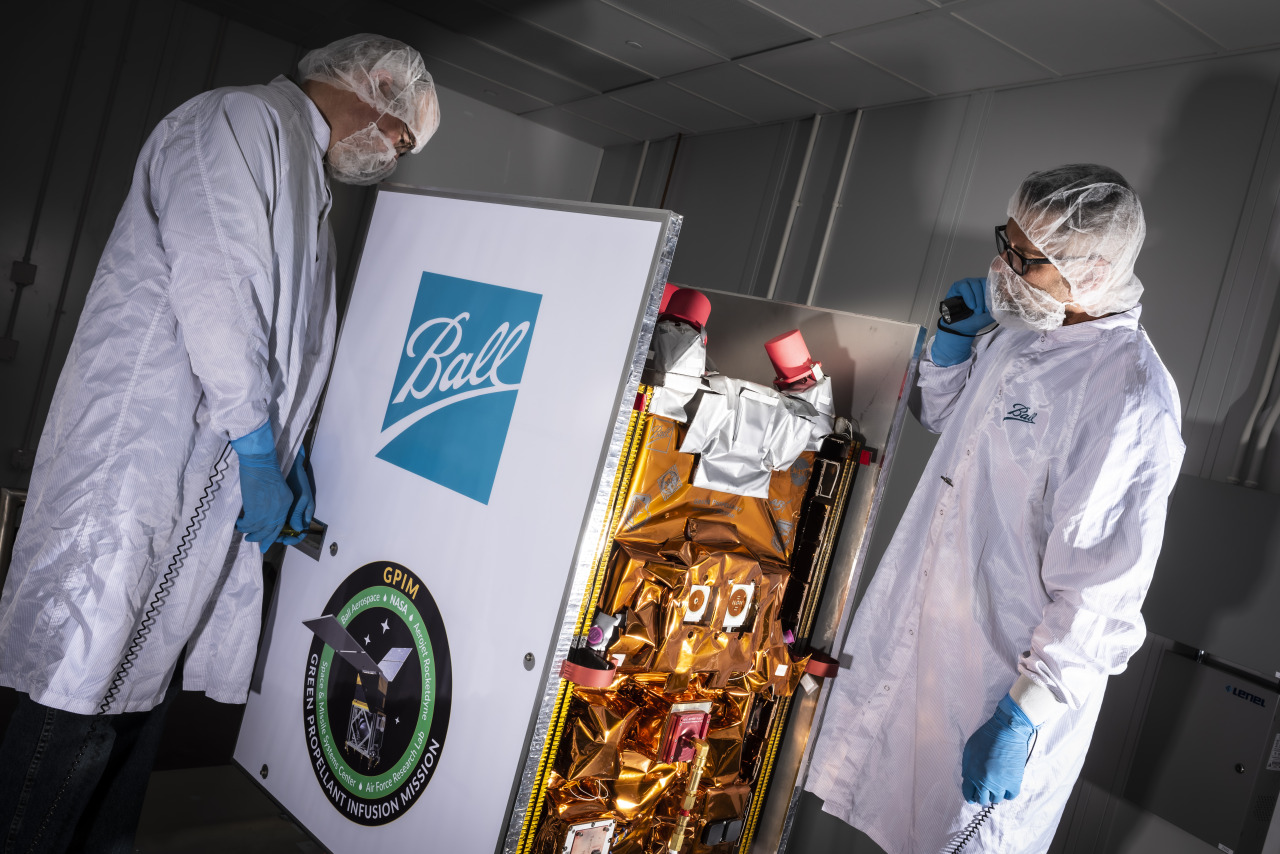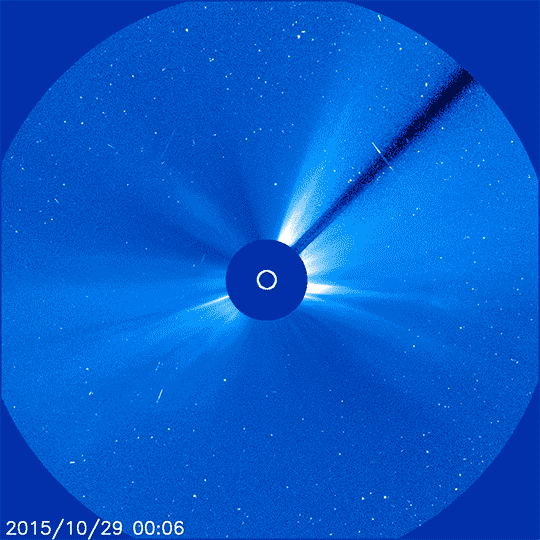Later this month, a SpaceX Falcon Heavy rocket will take to the skies for the third time to launch the Department of Defense’s Space Test Program-2 (STP-2) mission. Several exciting, one-of-a-kind NASA technology and science payloads are among the two-dozen spacecraft aboard.

First, let’s talk about that Falcon Heavy rocket. Its 27 engines generate thrust at liftoff equal to that of approximately 18 airplanes, and it can lift over 140,000 pounds.

Managed by the U.S. Air Force Space and Missile Systems Center, STP-2 is the first government-contracted Falcon Heavy launch. It will reuse the two side boosters recovered after the April flight. SpaceX describes it as one of the most challenging launches in the company’s history.
It’s a big deal to us at NASA because we’re launching some pretty cool technologies. The tech will support our future exploration plans by helping improve future spacecraft design and performance. Here’s a bit about each:
Deep Space Atomic Clock
Time is the heartbeat of space navigation. Today, we navigate in deep space by using giant antennas on Earth to send signals to spacecraft, which then send those signals back to Earth. Atomic clocks on Earth measure the time it takes a signal to make this two-way journey. Only then can human navigators on Earth use large antennas to tell the spacecraft where it is and where to go.
Our Jet Propulsion Laboratory has been perfecting an atomic clock fit for exploration missions. The Deep Space Atomic Clock is the first atomic clock designed to fly on a spacecraft destined for beyond Earth’s orbit. The timepiece is lighter and smaller—no larger than a toaster oven—than its refrigerator-sized, Earthly counterparts.

This miniaturized clock could enable one-way navigation: a spacecraft receives a signal from Earth and can determine its location immediately using its own, built-in navigation system. Even smaller versions of the clock are being investigated right now that could be used for the growing number of small to mid-size satellites. As we go forward to the Moon with the Artemis program, precise measurements of time are key to mission success.

The Deep Space Atomic Clock is the primary payload onboard the General Atomics Electromagnetic Systems Orbital Test Bed satellite and will perform a year-long demonstration in space.
Enhanced Tandem Beacon Experiment (E-TBEx)
Two tiny satellites will study how signals can be muddled as they travel through hard-to-predict bubbles in the upper atmosphere. Signals sent from satellites down to Earth (and vice versa) can be disrupted by structured bubbles that sometimes form in Earth’s upper atmosphere. Because this region is affected both by weather on Earth and conditions in space, it’s hard to predict just when these bubbles will form or how they’ll mess with signals.

The E-TBEx CubeSats (short for Enhanced Tandem Beacon Experiment) will try to shed some light on that question. As these little satellites fly around Earth, they’ll send radio signals (like the ones used by GPS) to receiving stations on the ground. Scientists will be able to look at the signals received and see if they were jumbled as they traveled through the upper atmosphere down to Earth — which will help us track when these bubbles are forming and how much they’re interfering with our signals.
Green Propellant Infusion Mission (GPIM)
For decades, we have relied on a highly toxic spacecraft fuel called hydrazine. The Green Propellant Infusion Mission (GPIM) will lay the foundation to replace conventional chemical propulsion systems with a safer and more efficient alternative for next-generation spacecraft.
GPIM will demonstrate a new propellant in space for the first time. Concocted by the U.S. Air Force Research Laboratory, this innovative, “green” fuel—which actually has more of a peach hue—is expected to improve overall spacecraft performance due to its higher density, increased thrust and lower freezing point in comparison with hydrazine.

GPIM’s propulsion system, developed by Aerojet Rocketdyne, consists of new compatible tanks, valves and thrusters. During the two-month-long demonstration on a Ball Aerospace spacecraft, engineers will conduct orbital maneuvers to demonstrate the performance of the propellant and propulsion system.

Space Environment Testbeds (SET)
It’s not easy being a spacecraft; invisible, energetic particles zip throughout space — and while there are so few that space is considered a vacuum, what’s there still packs a punch. Tiny particles — like those seen here impacting a detector on a Sun-studying spacecraft — can wreak havoc with the electronics we send up into space.

Space Environment Testbeds — or SET, for short — is a mission to study space radiation and how it affects spacecraft and electronics in orbit. What looks like snow flurries in these animated images, for example, is actually a solar radiation storm of incredibly fast particles, unleashed by a solar eruption. Energetic particles from the Sun or deep space can spark memory damage or computer upsets on spacecraft, and over time, degrade hardware.
By studying radiation effects and different methods to protect satellites, SET will help future missions improve spacecraft design, engineering and operations.
Follow @NASA_Technology and @NASASun on Twitter for news about the STP-2 launch and our missions aboard.
Check out www.nasa.gov/spacex to stay up-to-date on the launch day and time. Don’t forget to tune into our launch coverage, scheduled to start about 30 minutes before liftoff!
Make sure to follow us on Tumblr for your regular dose of space: http://nasa.tumblr.com.
source: nasa.tumblr.com